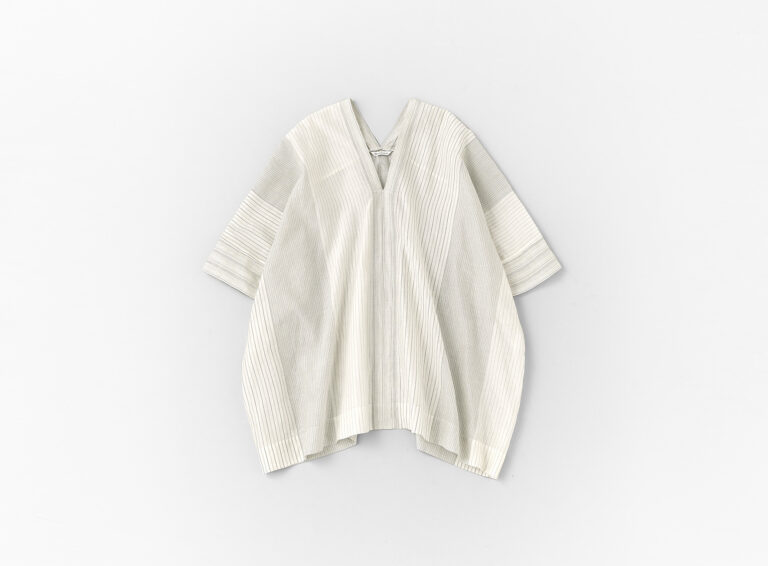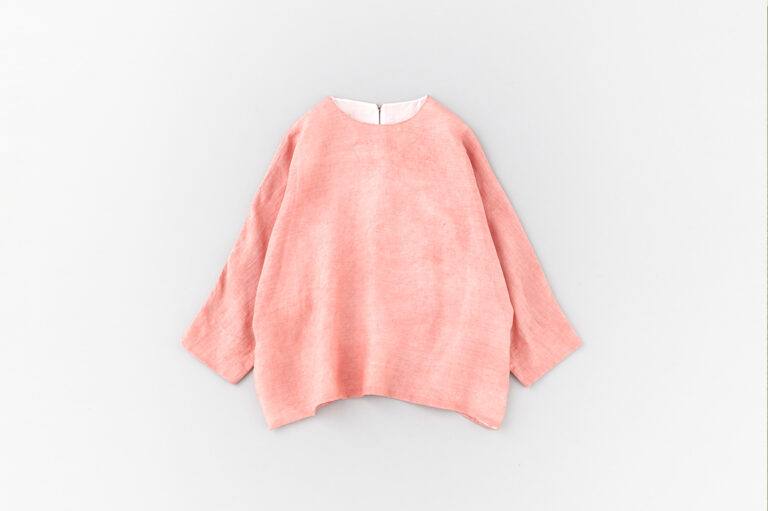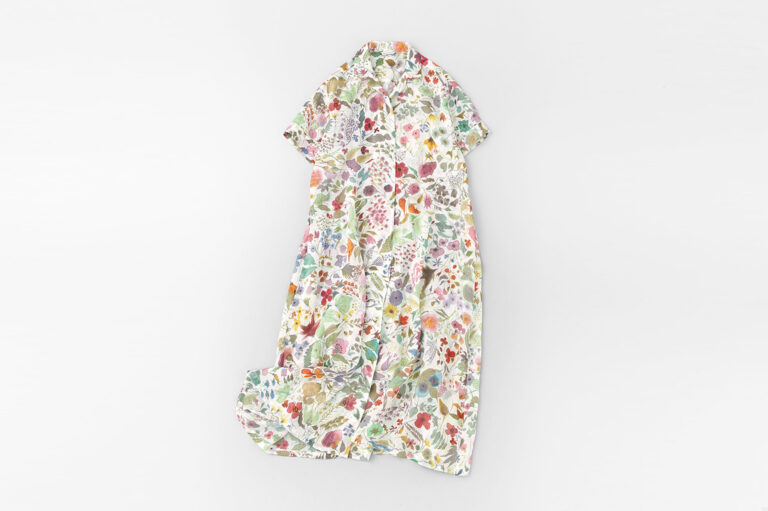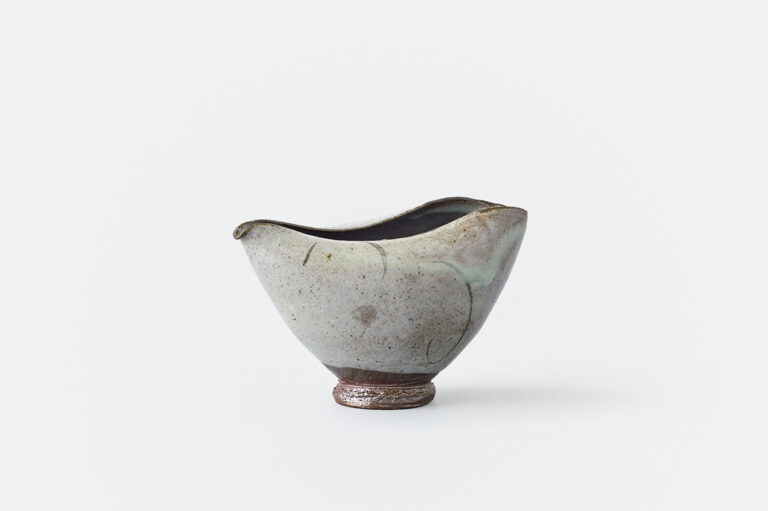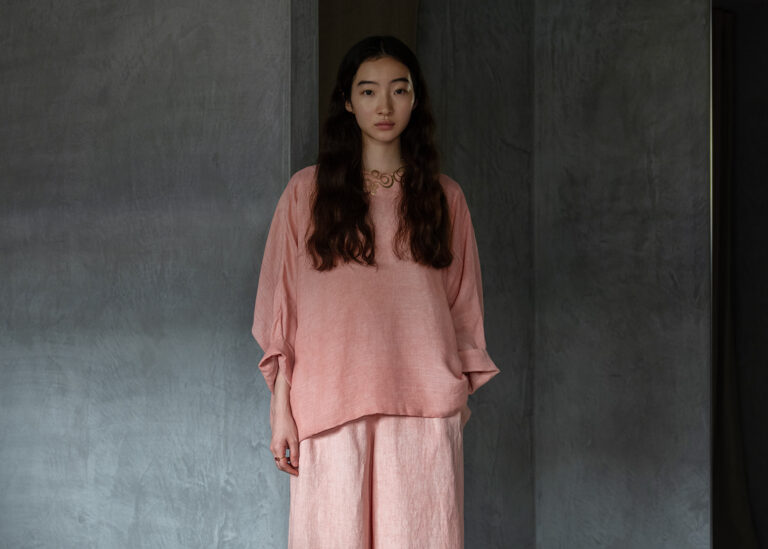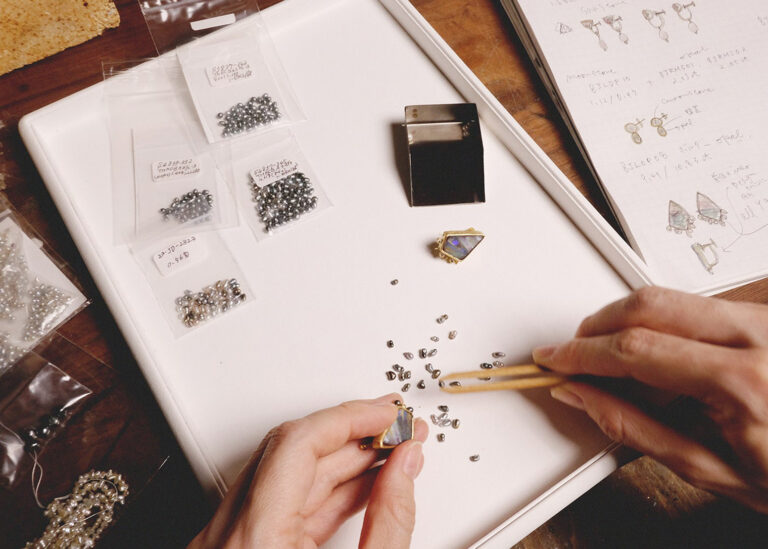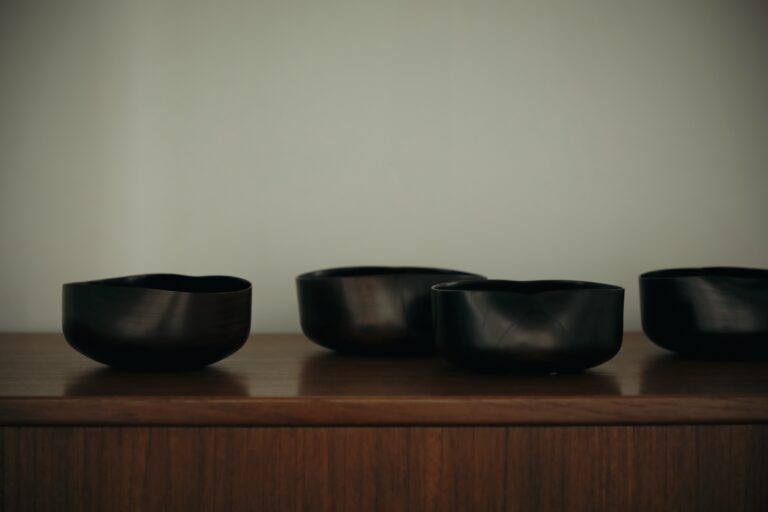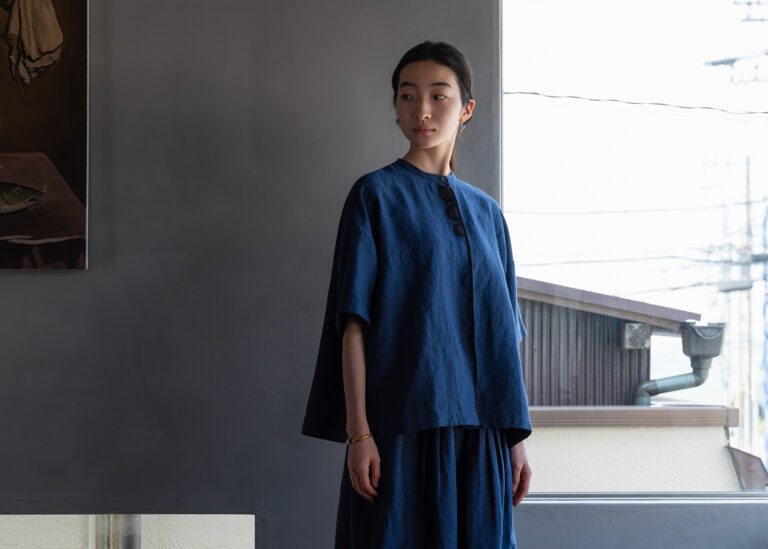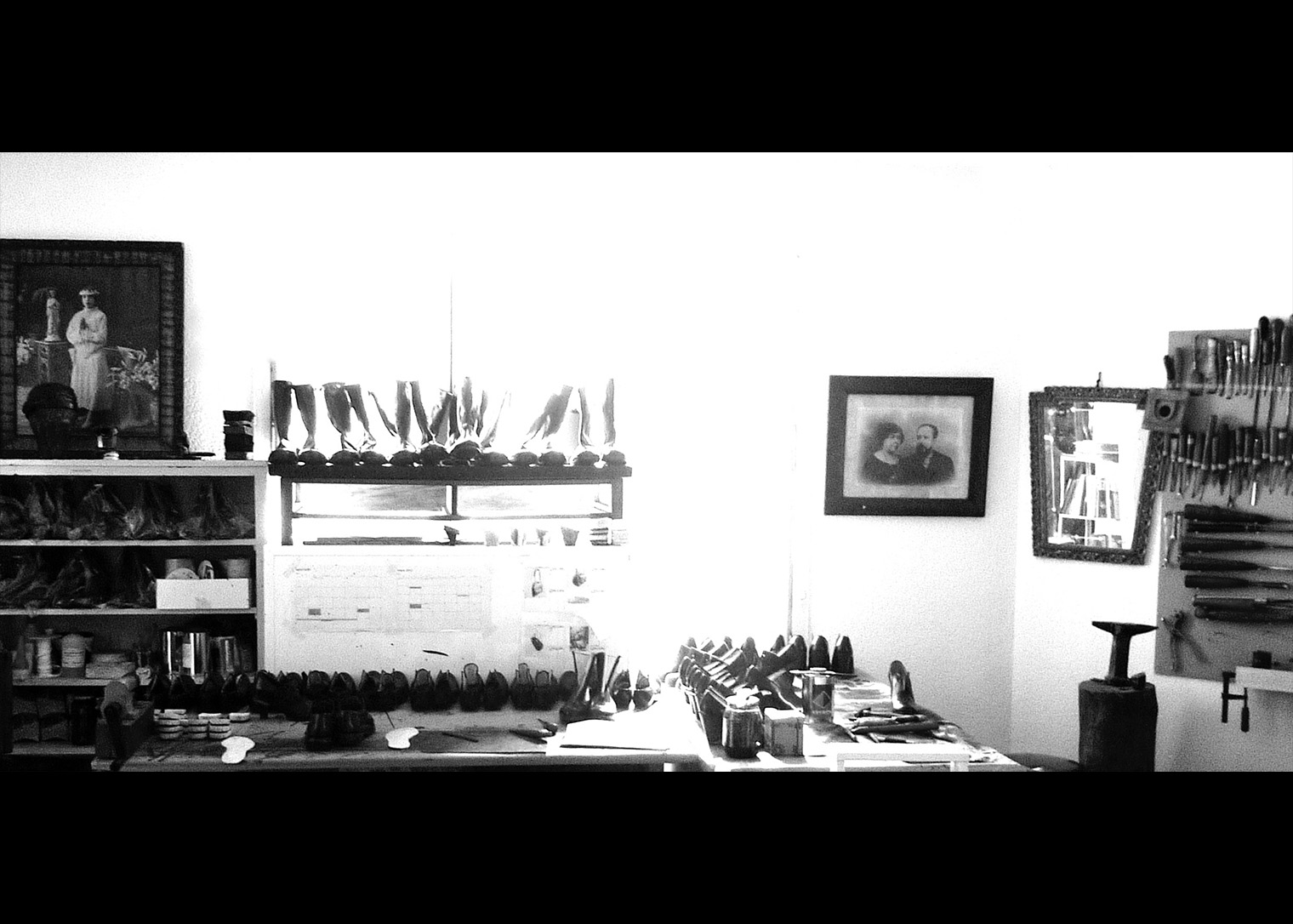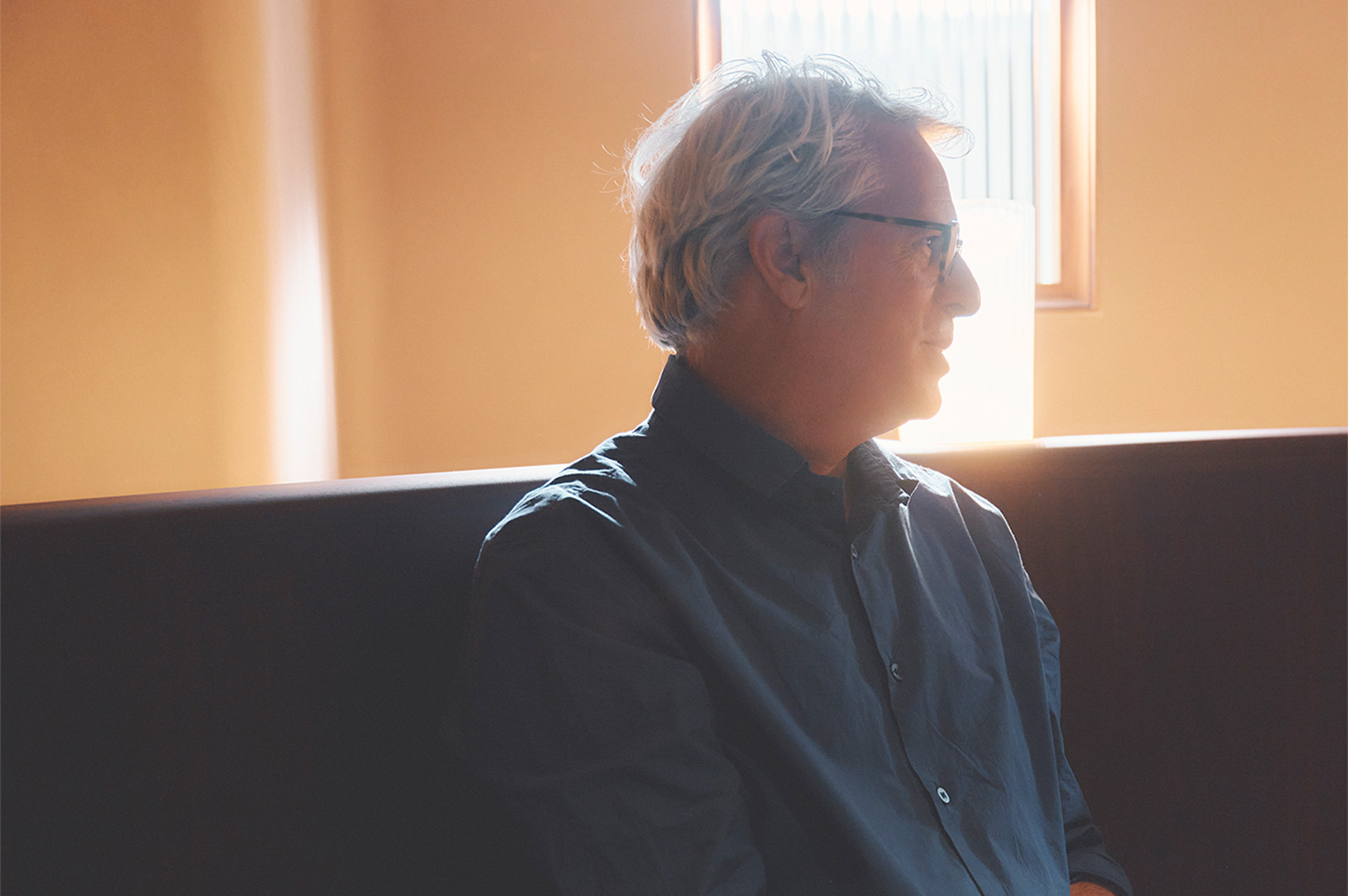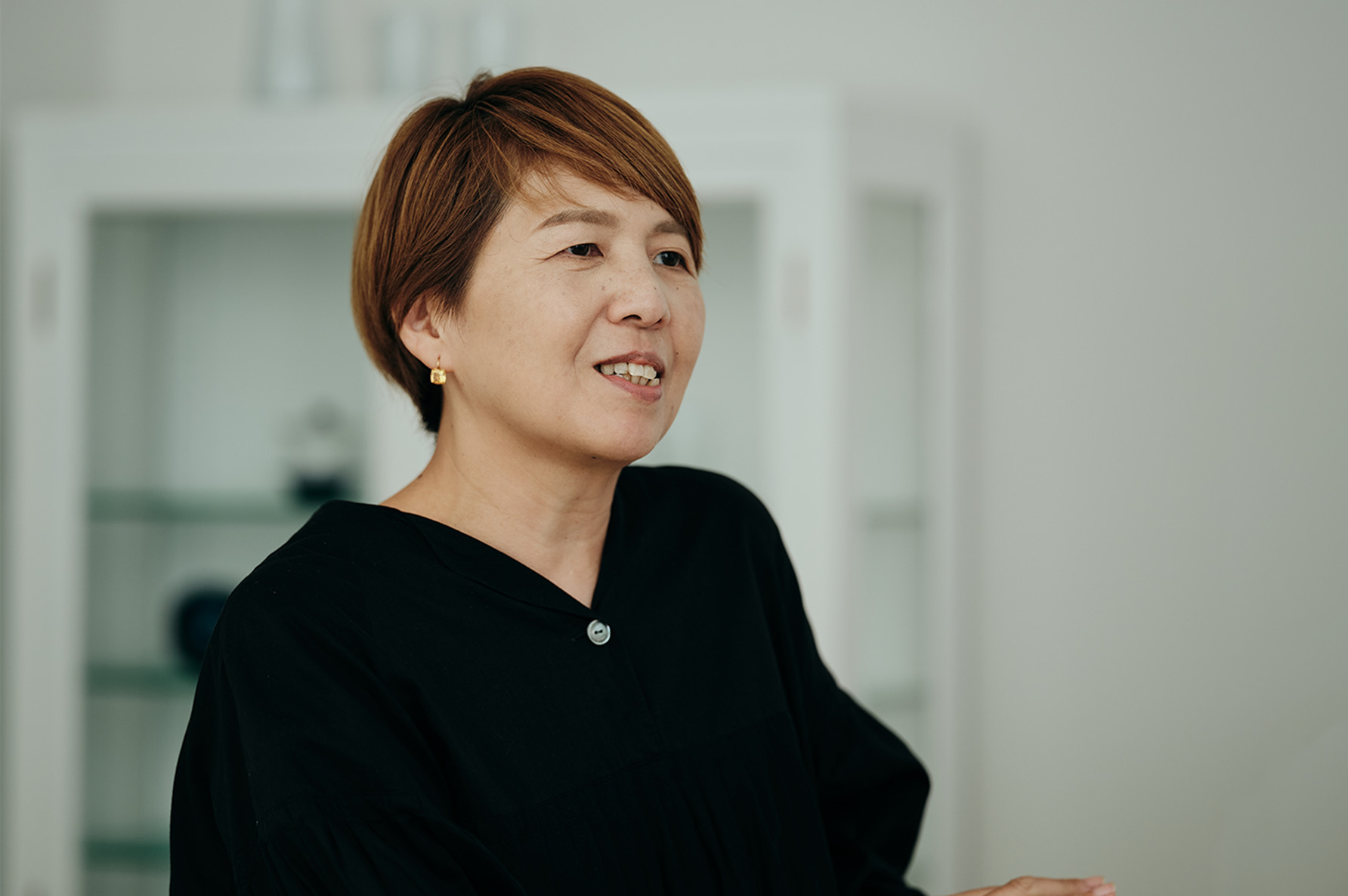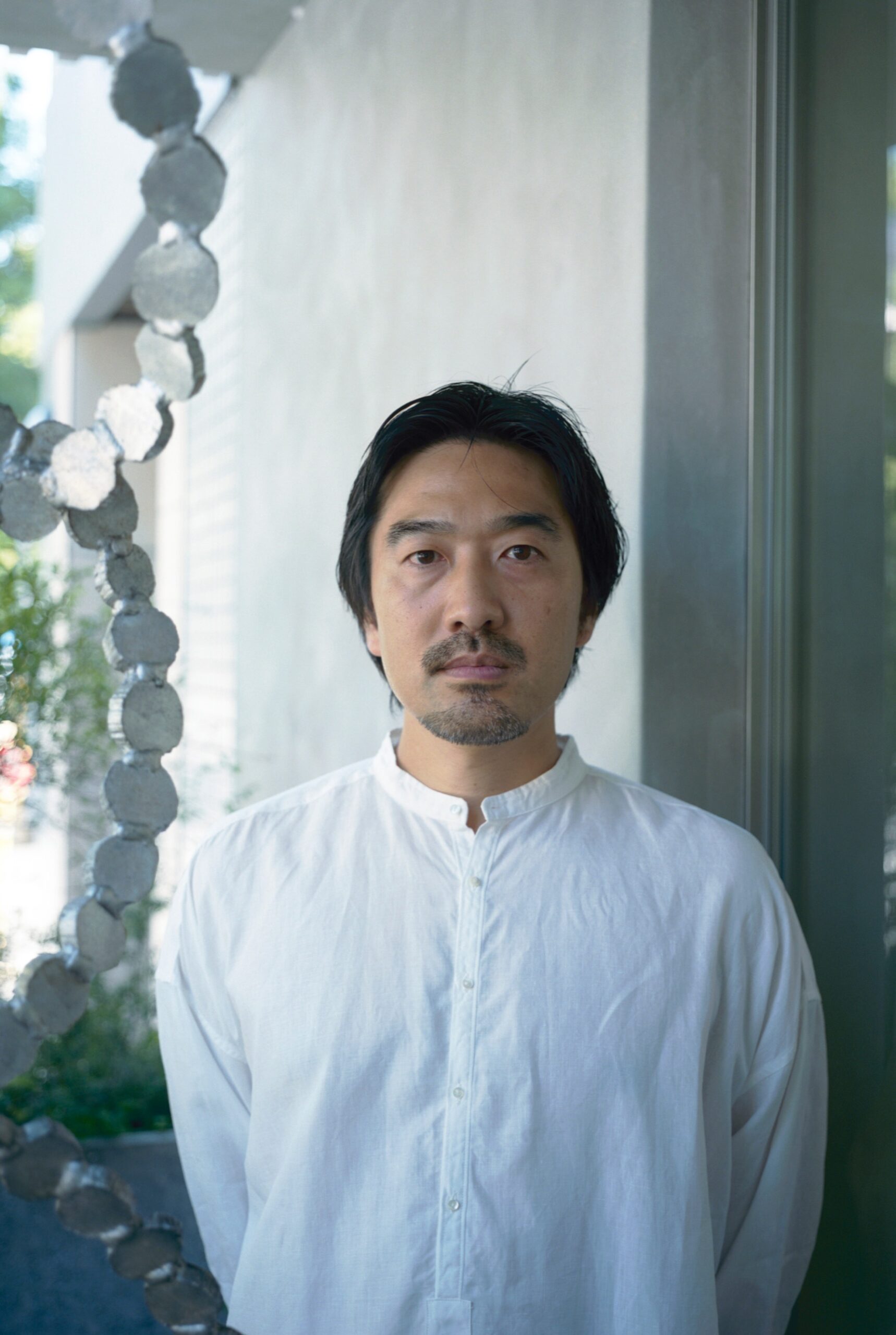
Architect Tsuyoshi Tane's reflections and thoughts about his work
-
-
A&S (hereafter, A)
You’re involved in a wide range of architectural projects, from private residences to shops and even museums. I understand that you’re also planning to work on a large hotel project in the future. Each of these fields is unique. Which do you find to be the most interesting?
-
Tane (Hereafter, T)
That’s quite a difficult question. I don’t really pay any attention to the scale or content of the project, and the projects I work on never turn out to be exactly the same. The location, client, and the craftspeople involved change each time, so I enjoy approaching each project as a unique experience, taking into account these varied relationships.
-
A
What would you say is the most important thing for you as an architect?
-
T
I would say the location. First there is the location, then the architecture is constructed, and then people use it, precisely in that order. I believe that delving into this sequence leads to the creation of exceptional architecture. In a previous interview, when asked, “What plays the central role in architecture?” the immediate response that came to my mind was ‘the location.’ Architecture tends to be forgotten when it undergoes reconstruction, but architecture that is integrated with the location endures the test of time, persisting even as eras and people change. You could say that such architecture becomes intertwined with the place, transcending generations, ensuring a perpetual coexistence of structure and locale, regardless of changes in the usage or inhabitants.
-
A
Recently, one often hears the sentiment of wanting to “create something that will endure for the next generation.” However, I find myself wondering whether it might be more fitting to endeavor to create something truly extraordinary, something that the next generation would naturally aspire to preserve. After all, if it’s truly remarkable, the inclination to “preserve” it should follow organically. It seems to me that prioritizing “preservation” might be a bit misplaced.
-
T
Absolutely. I understand completely.
-
A
What do you find challenging about your work as an architect?
-
T
If I had to say…it would be cost reductions, I suppose. The notion of budgetary adjustments has become somewhat commonplace these days. In the past, there used to be a direct exchange between the client and the designer, with the construction company’s proposals based on those discussions. There was a motivation to strive for something special, taking time to devise solutions and collaboratively pursue a mutually satisfying outcome! That spirit seemed to prevail despite the complexities. Nowadays…it’s often mentioned that the priority is to generate profits quickly without investing much time. The motivation to create something exceptional, to deliver outstanding work, seems to have taken a backseat. Consequently, this shift results in a considerable amount of time spent on negotiations. I can’t help but feel that a system where the focus is on budget rather than on the essence of architecture is not a healthy one.
-
A
Indeed, this is quite a nuanced and difficult topic. I think this is not the case only in Japan, but many companies, including major corporations, are involved in large-scale construction projects. The distribution of profits would also become complicated.
-
T
My philosophy is to take a direction that considers a true creative process, with a comprehensive consideration of cost, time and effort.
-
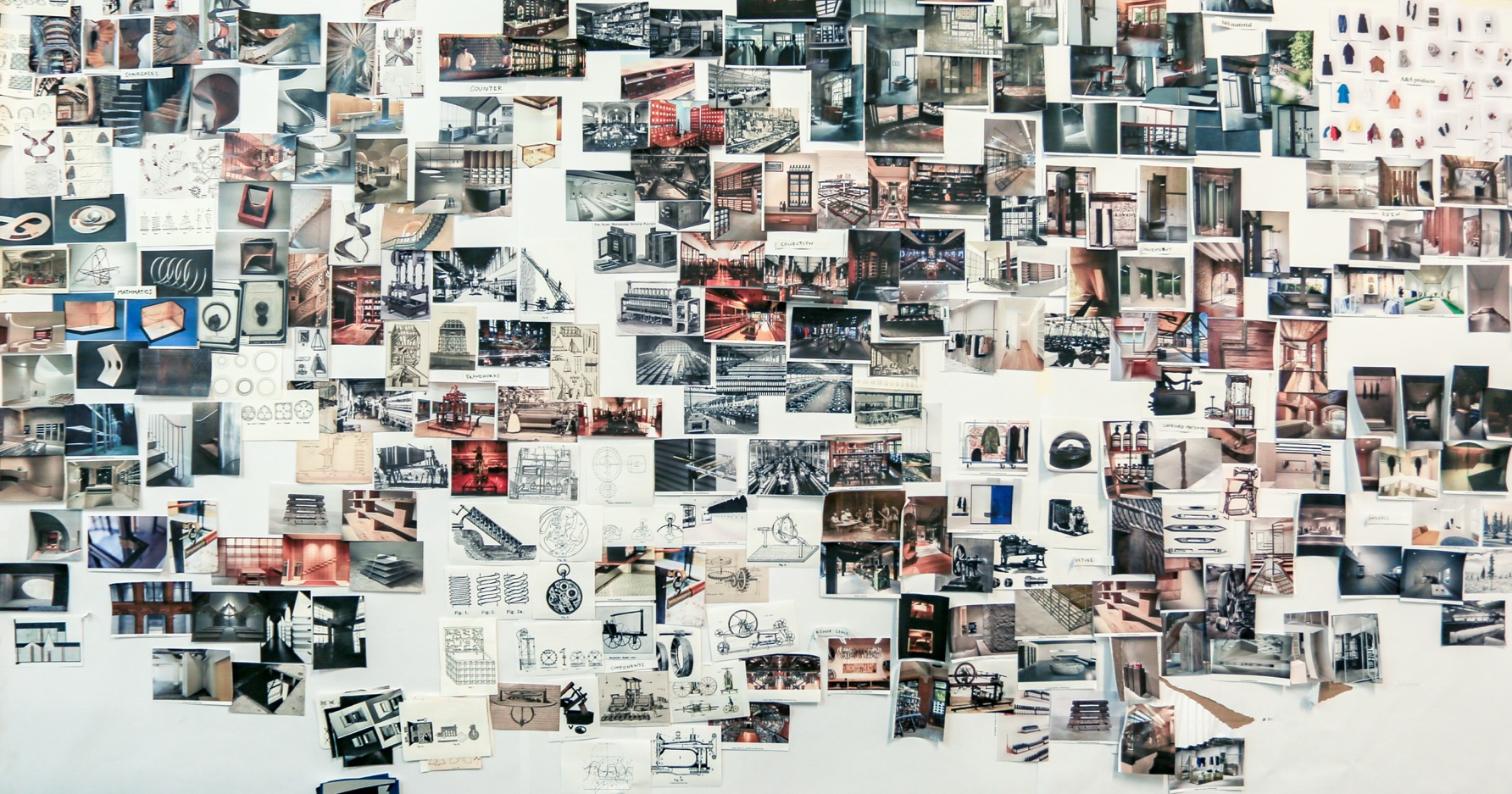
Thoughts on clothing
-
-
A
Finally, allow me to pose a quintessentially A&S question: What do you look for when it comes to clothing?
-
T
First of all, I would want to wear something that’s comfortable. Then, I would want clothes that can change my mood and something that fits the season. Personally, I tend to wear more relaxed pieces rather than sharply tailored ones. I prefer clothes that allow me to move freely and to feel comfortable wherever I go. Speaking of clothing, when I’m strolling through the streets of Paris, it’s fascinating how strangers feel at ease offering casual compliments like, “Oh, what you’re wearing is beautiful.” I think this is a delightful aspect of French culture.
-
A
It’s a culture of appreciating each other’s individuality by complimenting the clothes of passing strangers, isn’t it? Wearing clothes gives you your own personality, becoming a form of identity itself.
-
T
In my case, it’s not so much that I like fashion, but fortunately, through my work, I have many opportunities to be engaged with people who are well-versed in clothing, such as Sonya. There is a genuine joy in being able to wear clothes crafted by such talented individuals. Having the opportunity to meet those who create, and being able to don their work, is one of the aspects that makes me appreciate being an architect.
-
A
It’s truly a delightful opportunity, isn’t it? We hope that you will continue to visit A&S shops in the future and experience the joy of shopping with us (laughs). Thank you very much for sharing so many valuable insights with us today.
-
Click here to see〈Interview with Tsuyoshi Tane – vol.1〉
Tsuyoshi Tane is wearing A&S/Night Short Shirt
PROFILE
Tsuyoshi Tane
Tsuyoshi Tane is a Paris-based Japanese architect. He founded ATTA – Atelier Tsuyoshi Tane Architects in Paris in 2017 after being co-founder of DGT. Architects in 2006. He is recognised as one of the leading architects in the new generation for designing architecture through “The 20 essential young architects” by ICON magazine. Tsuyoshi believes in the idea of architecture belongs to a memory of place that connects its past to the future as his concept – “Archaeology of the Future.”
In his career, he has received numerous awards and honors, including, Chevalier de l’ordre des Arts et des Lettres (appointed by the French ministry of Culture in 2022) , Grand Prix AFEX – French Architects Overseas 2021 and 2016, the Jean-Dejean Prize of the French Academy of Architecture, the New Albums of Young Architects and Landscape (NAJAP 07-08) awarded by the French Ministry of Culture, Estonian Cultural Endowment Grand Prix, nomination for the European Union Mies van der Rohe Award 2017, the 67th Japanese Ministry new face Award of Minister of Education Award for Fine Arts, the 67th Mainichi Design Awards 2021 and many others.
Tsuyoshi is frequently invited to lecture at schools of architecture and institutions for public talks. He has been teaching at the Columbia University Graduate School of Architecture Planning and Preservation (GSAPP) NY/Paris in 2012-2018 and is currently invited as a visiting professor at Tama Art University. Since 2020, Tsuyoshi has been elected to TOTO GALLERY·MA as a committee member.
